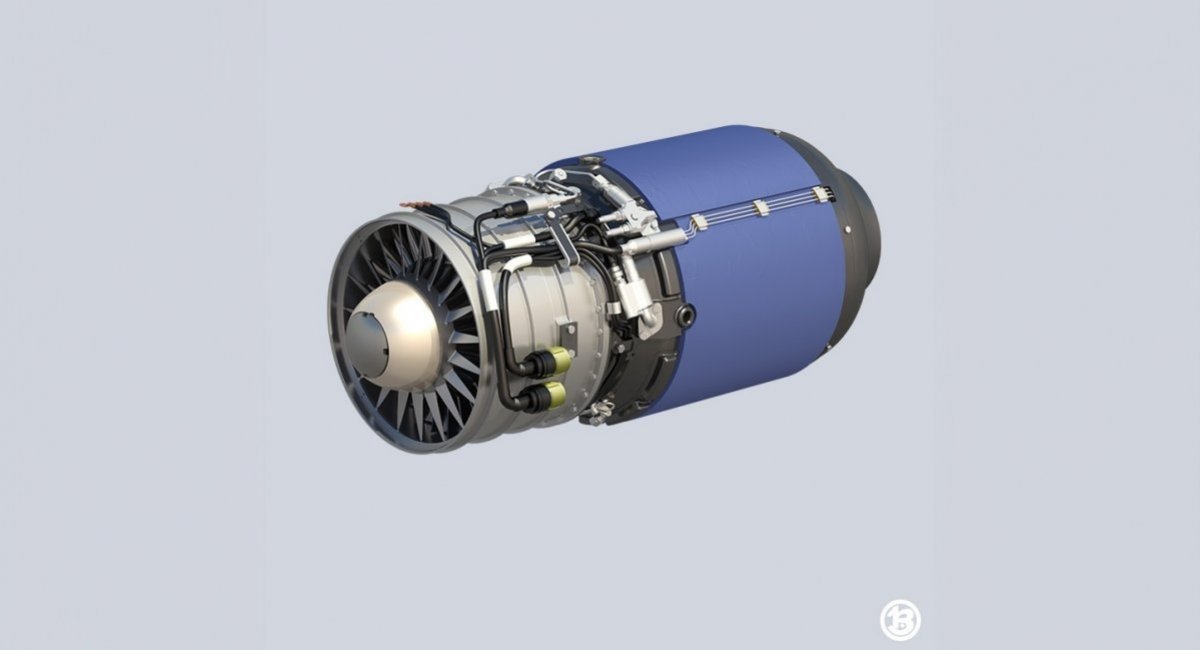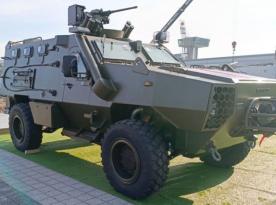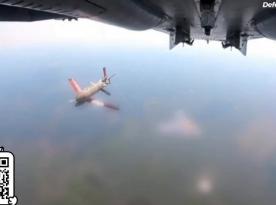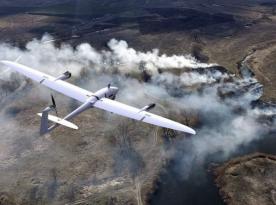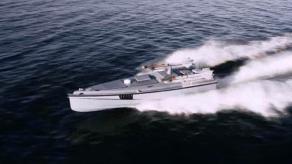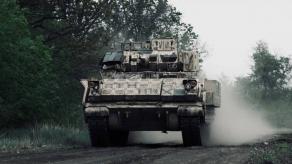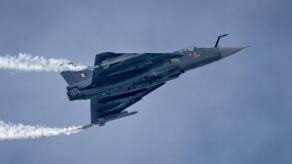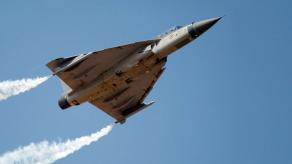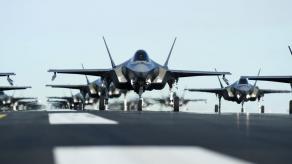Managing director of Czech company PBS Group, Pavel Čechal, revealed that the production of the new AI-PBS 350 turbojet engine should commence shortly at the Velká Bíteš plant. Developed in cooperation with Ukrainian aircraft engine-making company Ivchenko Progress.
The manufacturing process should begin this year or "more likely in the first half of 2025," Čechal confirmed in an interview with the Hospodářské Noviny newspaper. But PBS can already start supplying the product to customers, the company's CEO added. He said they plan to make tens of these engines annually, then gradually scale up to hundreds.
Read more: Ukrainian Armor and CSG Sign Key Agreement for Ukrainian Artillery
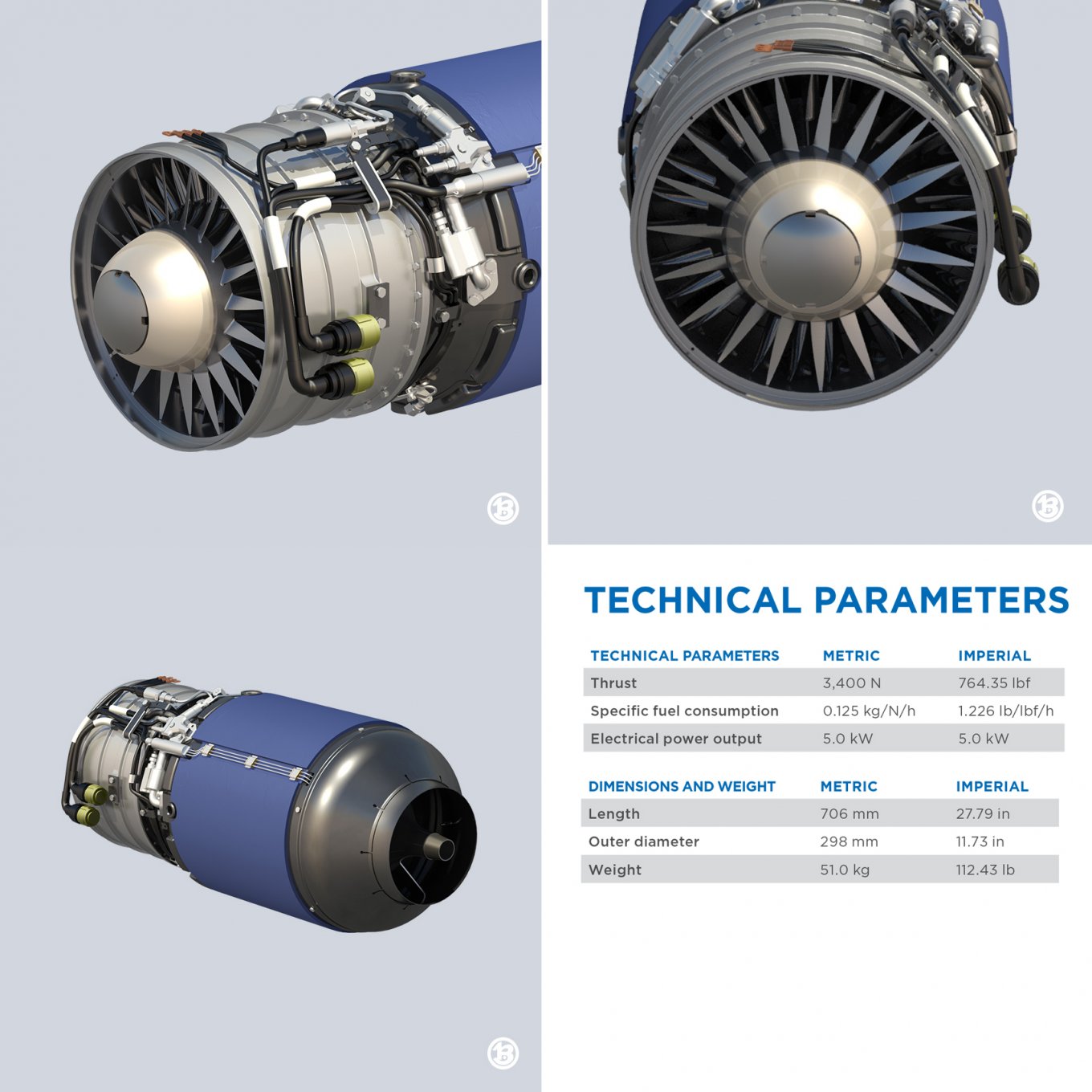
Defense Express notes that despite the AI-PBS 350 being regarded as the largest of the engines the Czech manufacturer had ever produced, in fact, it is still a small-sized turbojet engine, weighing 51 kg, designed for cruise missiles and jet drones.
It provides a thrust of 3400 N, thus a really high-quality thrust-to-weight ratio and a number of additional features, such as a relatively short delay of 6 seconds before entering cruising mode, pyro cartridge-assisted launch or turbine spin-up using incoming air.
This calls for a question: what kind of missiles the AI-PBS 350 is intended for. As mentioned, it generally suits land attack and anti-ship cruise missiles but the exact labels are determined to a certain extent by the thrust output which dictates the approximate take-off weight of the missile.
For example, the AGM-158 JASSM cruise missile with a take-off weight of about 1,000 kg relies on the Teledyne CAE J402-CA-100 engine that produces 2,900 N of thrust. The Tomahawk, weighing 1,300 kg (incl. 450 kg warhead), uses the F107-WR-402 turbofan with a thrust of 3,100 N.
The pattern is clear here: a small-sized engine producing 3,400 N can power up a cruise missile of over 1,000 kilograms, using the mentioned types as reference.
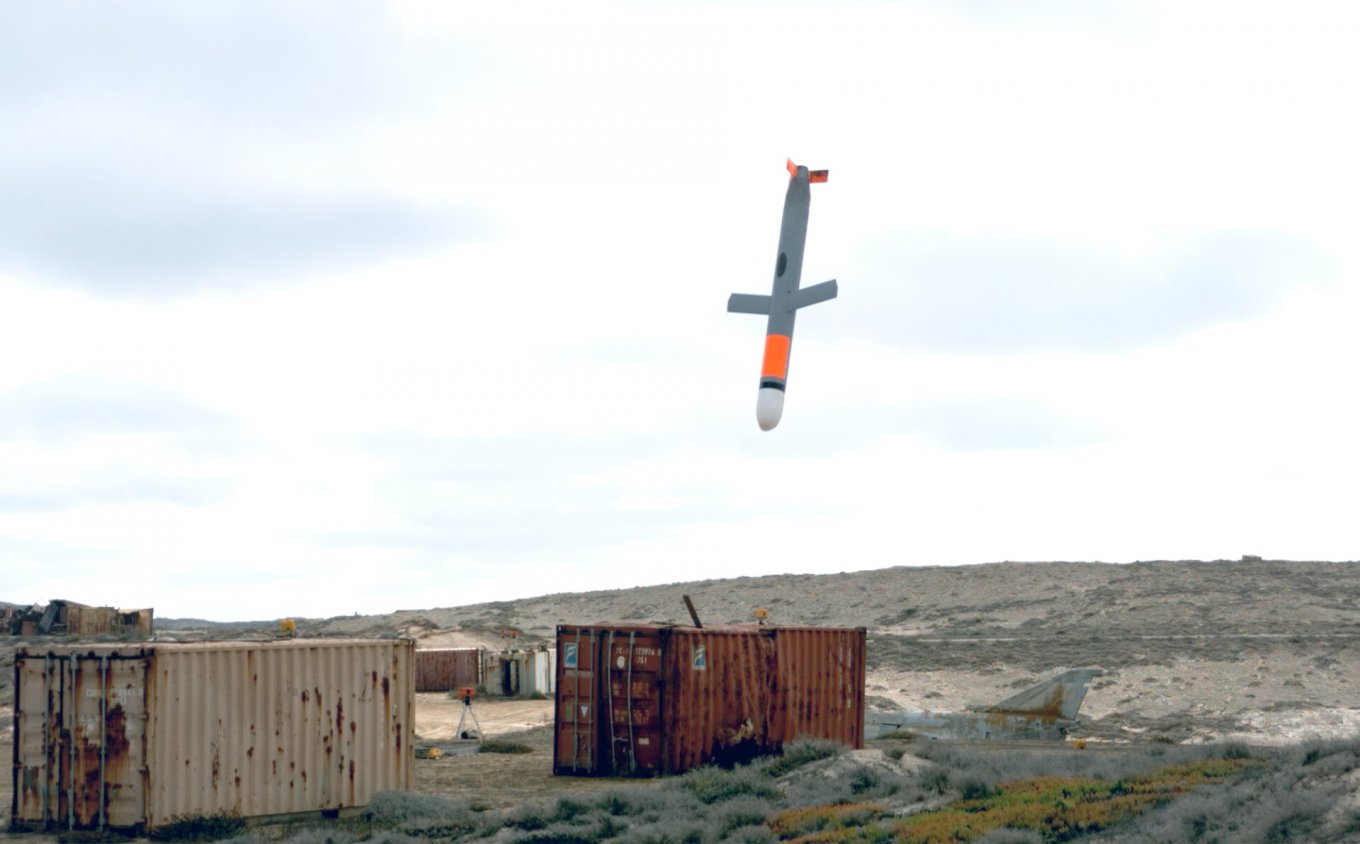
However, it doesn't mean engines of such power cannot be used in smaller missiles. For example, the Norwegian Naval Strike Missile with a total weight of just over 400 kg (incl. 120 kg warhead) employs the Microturbo TRI-40 turbojet with a power of 2,500 N to 3,300 N.
Either way, the AI-PBS 350 has the capacity needed to propel quite powerful cruise missiles reaching great distances and even somewhat compensate for the weak aerodynamics exchanged for the missile's low visibility profile.
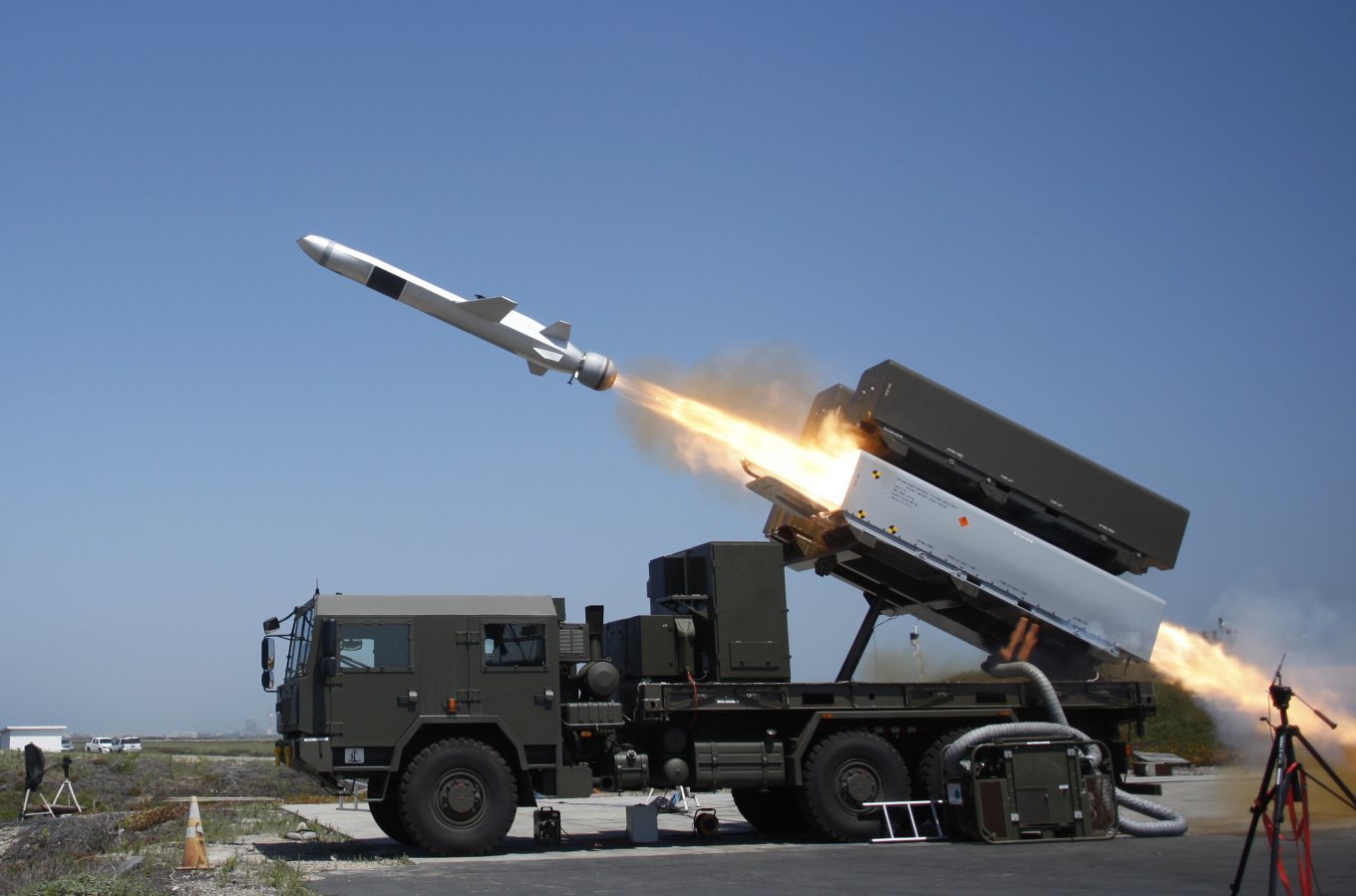
Read more: F-16 Maintenance Package For Ukraine From U.S. Analyzed




